About Gemstones
Place your cursor on the images to find out more.
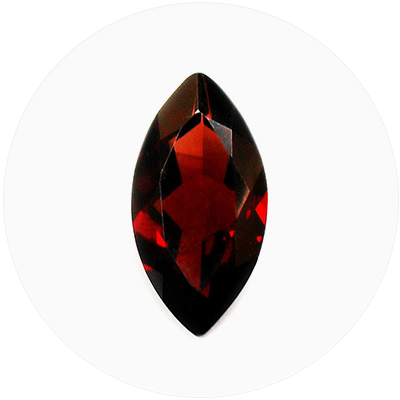
January
Garnet
Garnet is actually the name of a group of minerals that comes in a rainbow of colors, from the deep red of the Pyrope garnet to the vibrant green of Tsavorites. The most common color is a beautiful range of reds, from rust colored to deep violet-red. The garnet is a very durable gemstone (6.5-7.5 on the Mohs scale) found all over the world.
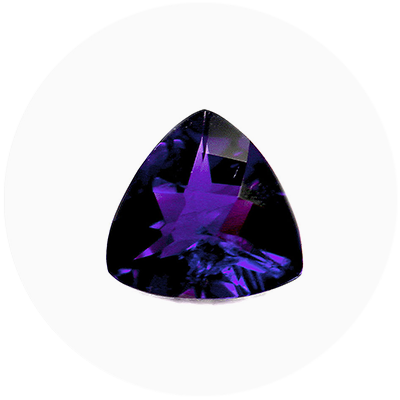
February
Amethyst
Amethyst is purple quartz and is a beautiful blend of violet and red. Amethyst gets its color from irradiation, iron impurities and the presence of trace elements. While amethyst is most commonly recognized to be a purple color, the gemstone can actually range from a light pinkish violet to a deep purple that can read more blue or red, depending on the light. Amethyst can occurs in geodes or in the cavities of granitic rocks. It can be found all over the world. It is used to celebrate the 6th and 17th year of marriage.
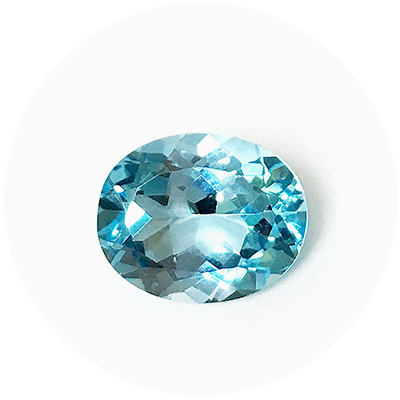
March
Aquamarine
Aquamarine is most often light in tone and ranges from greenish blue to blue-green; the color usually is more intense in larger stones, and darker blue stones are very valuable. This gemstone is actually a variety of a mineral called beryl. It’s used to celebrate 19th wedding anniversaries.
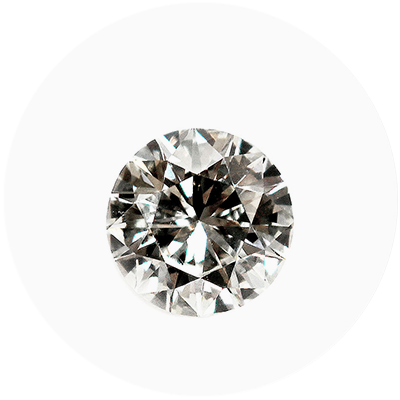
April
Diamond
Diamond is the hardest gemstone and is made of just one element: carbon. Its structure makes it 58 times harder than anything in nature and can only be cut with another diamond. Diamonds come in several colors, some of which include yellow, red, pink, blue, and green, black. Diamonds also range in intensity from faint to vivid. Its unique physical properties means it has the best possible luster of any gemston.
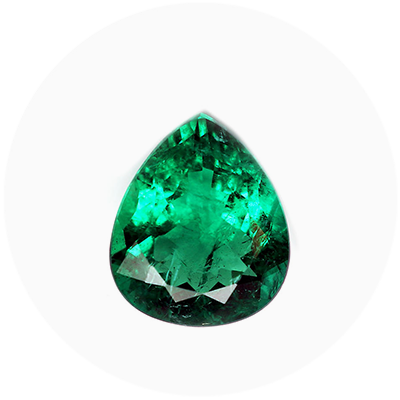
May
Emerald
Emerald color can range from light green to a deep, rich green. Emerald is a variety of beryl, a mineral that grows with six sides and up to a foot in length. Most emeralds end up being heat treated to deepen or enhance the color. The deeper or more green an emerald, the more valuable it is. The availability of high-quality emerald is limited.
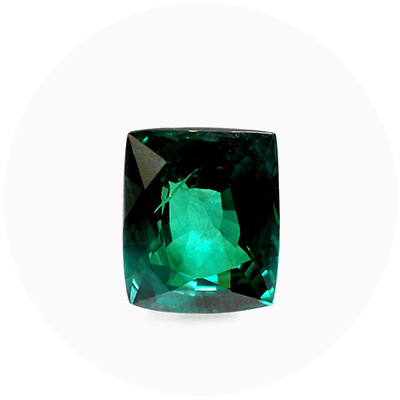
June
Pearl Alexandrite
Often described as “emerald by day, ruby by night”, alexandrite is a rare variety of the mineral chrysoberyl that changes color from bluish green in daylight to purplish red under incandescent light. With a hardness of 8.5 on the Mohs scale, alexandrite is softer than sapphire and harder than garnet — the other gemstones that can change color. However, due to its scarcity, alexandrite is more valuable than most gems. This birthstone for babies born under the signs of Gemini and Cancer, and frequently gifted on 1st, 3rd, 12th and 30th wedding anniversaries.
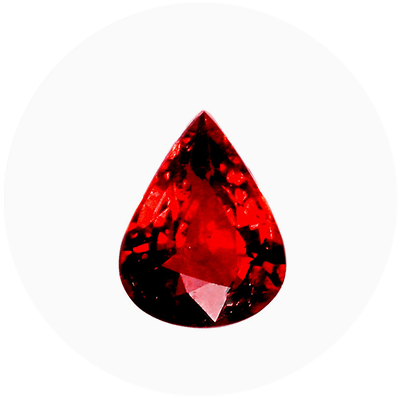
July
Ruby
Ruby is the red variety of the mineral corundum, colored by the element chromium. The chromium that gives ruby its red color also causes fluorescence, which makes rubies glow like a fire from within. Ruby’s strength and red fluorescence make it valuable for applications beyond jewelry. Both natural and synthetic rubies are used in watchmaking and medical instruments. Tough and durable, ruby measures 9 on the Mohs scale. Diamond is the only natural gemstones harder than ruby.

August
Peridot
Peridot is the rare gem-quality variety of the common mineral olivine, which forms deep inside the earth’s mantle and is brought to the surface by volcanoes. Peridot’s signature green color comes from the composition of the mineral itself– rather than from trace impurities. Peridot only measures 6.5 to 7 on the Mohs scale, so while the raw crystal is prone to cracking during cutting, the finished gemstones are fairly robust and easy to wear.
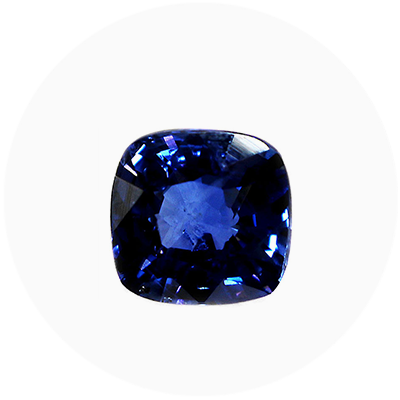
September
Sapphire
Sapphire is a precious gem of wisdom, loyalty and nobility. This stone is said to focus the mind, encourage self-discipline and channel higher powers. When people say “sapphire”, they’re usually referring to the royal blue variety of this gem, although it can occur in all colors of the rainbow (except red, which is classified as ruby instead). This lovely gem gives September-born babies a full spectrum of options when choosing the shade of birthstone that best represents them.
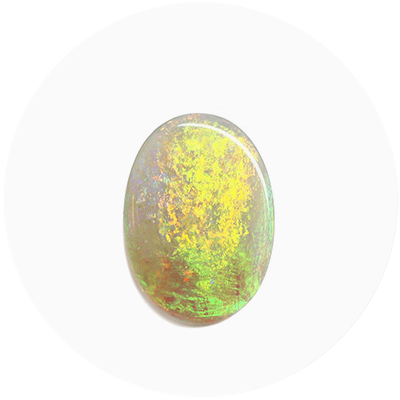
October
Tourmaline Opal
Tourmaline and opal are two different birthstones. Each gem then unveils nearly limitless possibilities, as each one some in a rainbow of shades and color combinations. In fact, both of October’s birthstones came to earth through a journey involving rainbows, according to legend. Between tourmaline (whose color depends on trace elements in its chemical makeup) and opal (which diffracts light to show a play of multiple colors). October’s birthstones offer a full spectrum of gems to suit anyone’s personal tastes.
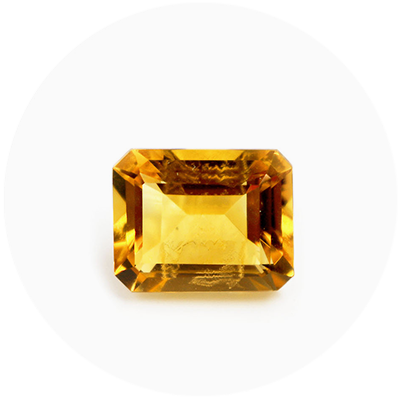
November
Topaz Citrine
Topaz and citrine are sunny gemstones to brighten up this chilly month. They both are known for their calming energies, bringing warmth and fortune to those who wear them. Topaz and citrine look so similar, in fact, that they’ve often been mistaken for one another throughout history. They are actually unrelated minerals, and topaz occurs in a wide spectrum of colors far beyond yellow. Both of the birthstones are fairly abundant and affordably prices, even in large sizes.
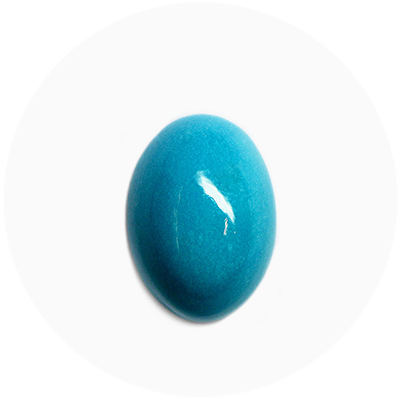
December
Tanzanite Zircon Turquoise
Tanzanite, zircon and turquoise are best known for beautiful shades of blue. These gems range from the oldest on earth (zircon), to one of the first mined and used in jewelry (turquoise), to one of the most recently discovered (tanzanite). All of these stones are relatively inexpensive, but their beauty rivals even precious gems. Colorless zircon is a convincing replacement for diamond, tanzanite often substitutes sapphire, and turquoise is unmatched in its hue of robin’s egg blue.
